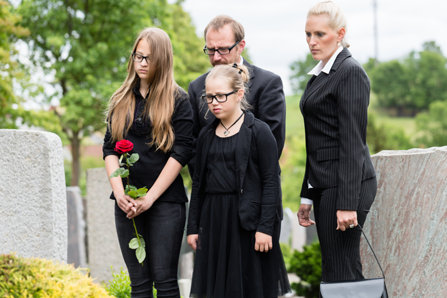A Family’s Worst Nightmare

A family member recounts a time their loved one overdosed:
“After being clean for 2 months, my family member lost control and went back to the needle. He had been shooting heroin off and on for about 3 years. It didn’t make a difference, though, when he stuck the needle in his arm, he didn’t stand a chance. One time he got high and came back into the room where I was sitting. He sat down and then fell out of his chair, he wasn’t moving and his face turned bright green. He looked like he was dying. I jumped up right away and ran over to him. He wasn’t breathing at all.
“My heart dropped, this was someone I had grown up with and now he was laying on the floor and all I could do was hope he would live. I called my friend in from the other room and we began to give him CPR. I called 911 as well. He looked as if he was getting worse by the second, which he was. His face turned from green to a yellow grey, and foam started coming out of his mouth and nose. The only thing I could think was please don’t let him die in front of me, we have to get him breathing.
“We continued to give him CPR for about 12 minutes. It felt like the longest 12 minutes of my life. He still wasn’t breathing at all, and turning more grey every minute that passed by. I realized that maybe he was having such trouble breathing and getting air into his lungs because so much foam and vomit was coming up. I made the decision to shove a straw down his throat and breathe into it, I was willing to try anything at that point.
“It worked, his breathing was very shallow and barely there, but it was there. I continued to give him CPR, I just had to keep him alive until the ambulance got there. The paramedics finally came, and gave him Narcan. He woke up. I had never felt so relieved and scared at the same time. I don’t think I will ever be able to get the image of him out of my head but I’m thankful that I was able to react fast enough to get him help. If I hadn’t called 911, he wouldn’t be here with us today.”
This scene happens multiple times a day, every day, all over the country. Millions of people in the U.S. are currently addicted to opiates and the number only continues to grow. According to the National Institute on Drug abuse:
“It is estimated that between 26.4 million and 36 million people abuse opioids worldwide, with an estimated 2.1 million people in the United States suffering from substance use disorders related to prescription opioid pain relievers in 2012 and an estimated 467,000 addicted to heroin.”
Overdose is a stark reality for many families. Addicts are succumbing to their addictions so much these days, that Narcan, an opiate-reversing drug, is being carried not only by police officers and EMT’s but high schools and colleges have it readily available in case of an emergency. This past year Walgreens and CVS pharmacies, in certain states, have made Narcan available to anyone after receiving some basic training on how to use it.
In 2016, it was reported by the Centers for Disease Control there has been a huge surge in opiate overdose deaths. Since the year 2000, there has been a 200% increase in opiate related deaths, which includes both pain killers and heroin (https://www.cdc.gov/mmwr/preview/mmwrhtml/mm6450a3.htm).
That’s an outrageous increase in deaths. Every family that has an opiate addict amongst them, worries each day their loved one will overdose. There are too many news stories of addicts dying from super strong heroin mixed with Fentanyl, Carfentanil, or other synthetic opiates. Education and rehabilitation are the only ways to fight against this epidemic.
Every opiate addict can be only one hit, one line, or one shot away from dying; they just never know which one it will be. Before it’s too late, get them help and get them help now. Find a treatment center which best suits the addict’s needs and get them moving on the road to recovery. We are the only ones who can fight against the opiate crisis and put this wildfire out once and for all.


